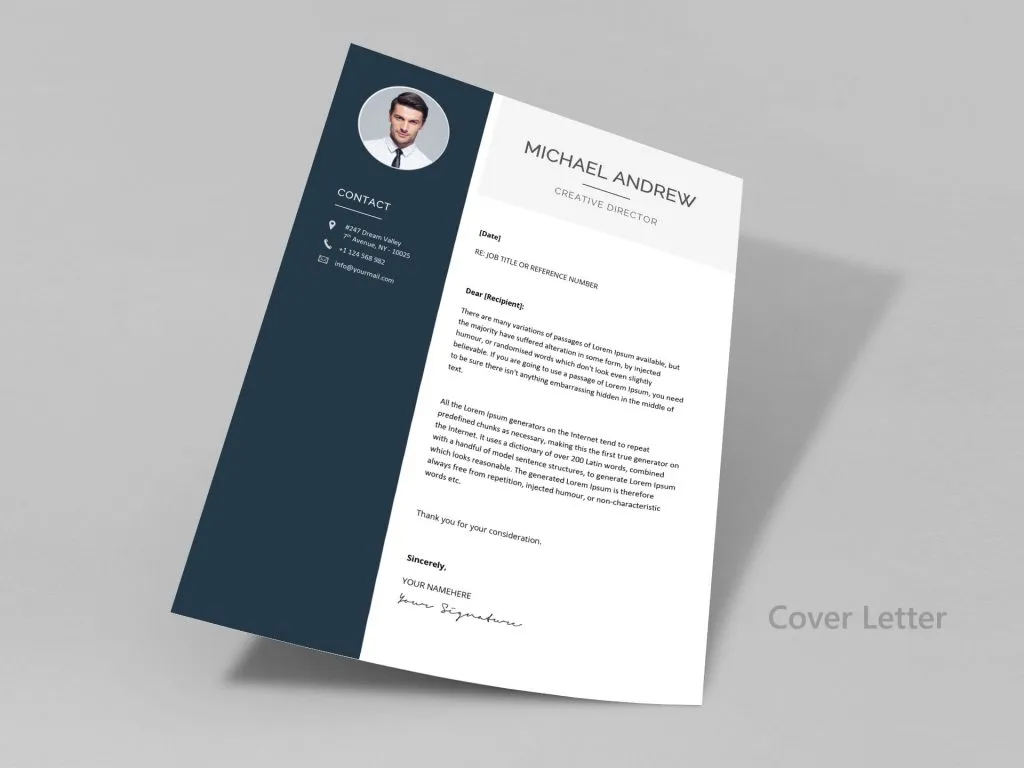What is a Cover Letter
A cover letter is a crucial document that accompanies your resume when applying for a job. It serves as an introduction, allowing you to highlight your qualifications, express your interest in the specific position, and showcase why you’re the ideal candidate. Think of it as your personal sales pitch, giving you the opportunity to make a strong first impression and persuade the hiring manager to read your resume. This document is your first chance to demonstrate your written communication skills, personality, and understanding of the role and company. A well-crafted cover letter can significantly increase your chances of landing an interview.
Why Cover Letters Matter
In today’s competitive job market, a cover letter is often the deciding factor between your application being noticed or overlooked. While your resume provides a snapshot of your experience and skills, a cover letter allows you to explain how those qualifications align with the specific job requirements and the company’s values. It’s your opportunity to provide context, elaborate on your achievements, and express your enthusiasm for the role. Many employers consider a cover letter a mandatory part of the application process, and neglecting to submit one can send a signal that you’re not truly interested in the position, or that you do not pay attention to details. A cover letter also lets you showcase your personality and writing style, making you stand out from other applicants.
Cover Letter Samples Writing a Winning Letter
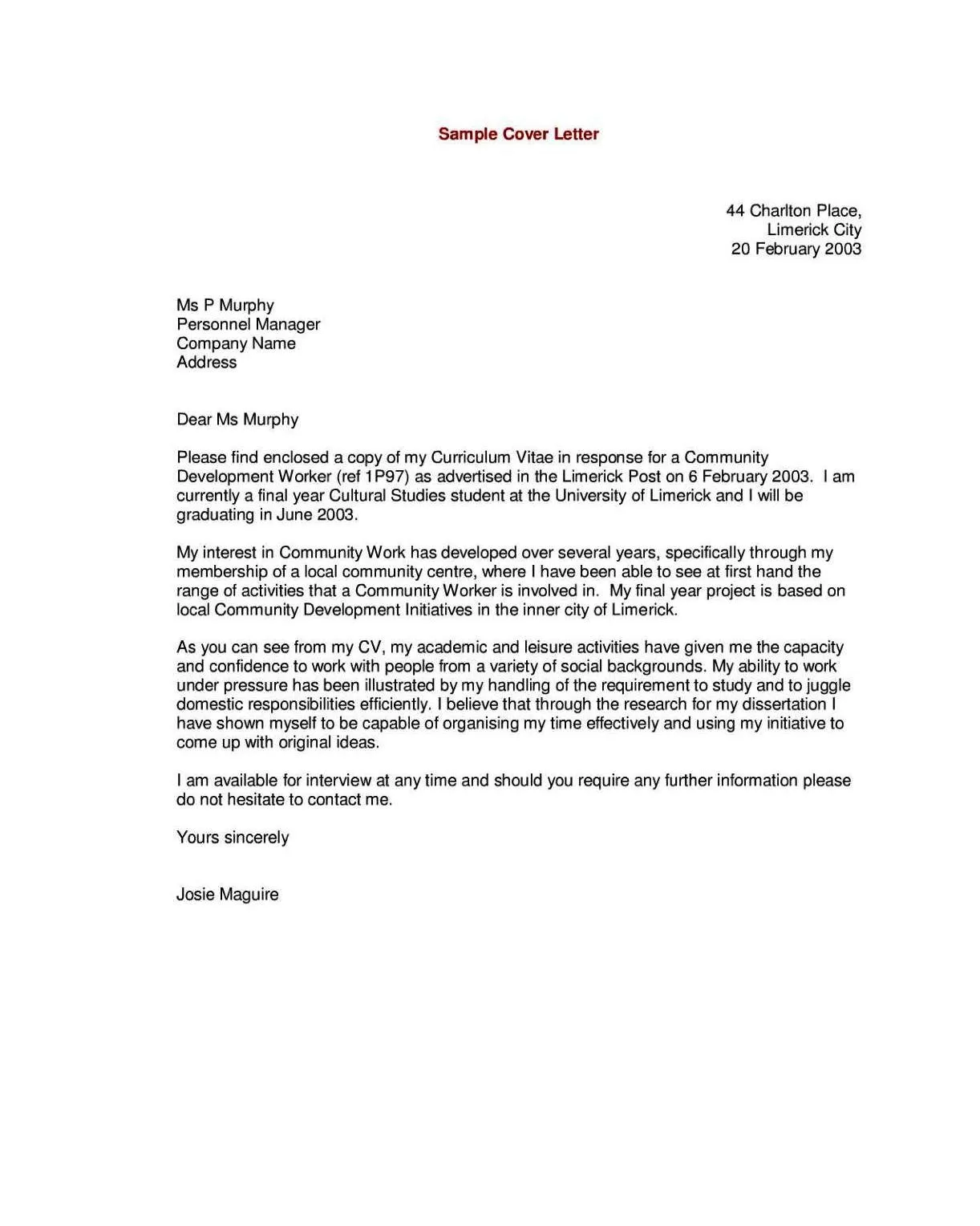
Writing a winning cover letter involves more than just rehashing the information in your resume. It’s about strategically presenting yourself as the perfect fit for the role and the company. This requires careful planning, research, and attention to detail. From the initial greeting to the closing, every word should be carefully chosen to create a positive impression and convince the hiring manager to take the next step, which is to invite you for an interview. By following the key steps involved, you can craft a compelling cover letter that sets you apart from the competition and significantly increases your chances of success.
Researching the Company
Before you even start writing, thoroughly research the company and the specific role you’re applying for. This is essential for tailoring your letter and demonstrating that you understand the company’s mission, values, and current challenges. Visit the company’s website, read their “About Us” page, explore their social media presence, and search for recent news articles or press releases. Identify the company’s key priorities and how your skills and experience align with their needs. This research will inform your writing and allow you to speak directly to their requirements, making your application much more compelling. For instance, if a company emphasizes innovation, highlight your experiences in creative problem-solving or implementing new ideas. This type of tailored approach shows initiative and a genuine interest.
Use this research to customize your cover letter, addressing the specific needs and values of the organization.
Tailoring Your Cover Letter
Generic cover letters are easily identified and often discarded. Your cover letter should be tailored to each job application, reflecting the specific requirements and keywords mentioned in the job description. Review the job posting carefully and identify the key skills, experiences, and qualifications the employer is seeking. Then, use your cover letter to demonstrate how your background aligns with these requirements, using specific examples from your professional history. Personalize your letter by mentioning the company’s name and the specific role you are applying for in the first paragraph. By demonstrating your understanding of the company’s needs and your suitability for the position, you significantly increase the impact of your application.
Key Elements of a Cover Letter
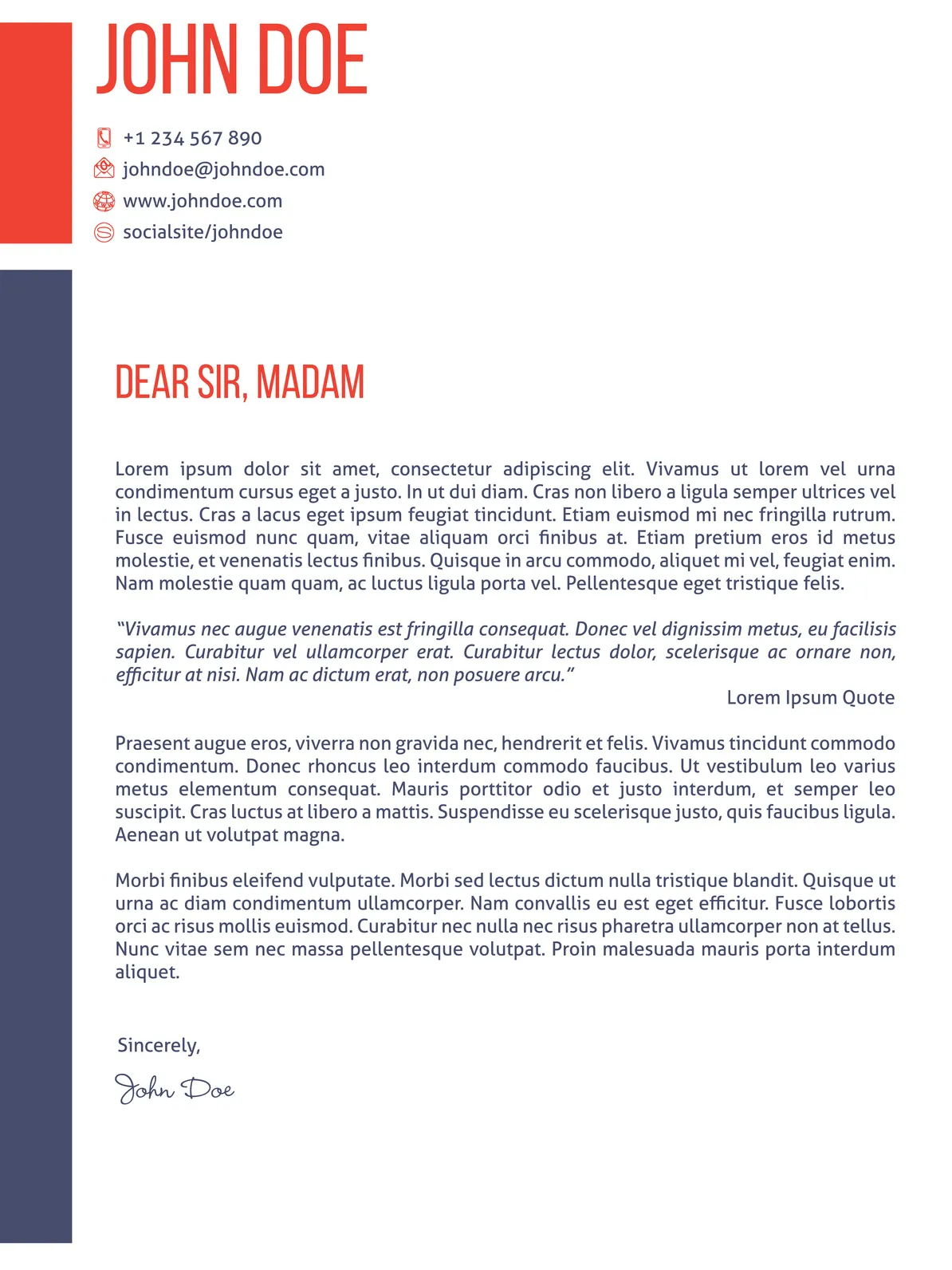
A well-structured cover letter should include several key elements to effectively communicate your qualifications and enthusiasm. These elements work together to present a cohesive and compelling narrative. A clear and concise writing style will make your cover letter easy to read and quickly convey your message. Be sure to use appropriate professional language and maintain a positive tone. Avoiding jargon and complex sentence structures is best. Here are the key components, each playing a vital role in making a strong impression.
Contact Information
Begin your cover letter with your contact information. Include your full name, phone number, email address, and optionally, your LinkedIn profile URL. This information should be clearly displayed at the top of the letter so the hiring manager can easily reach you. Make sure your email address is professional; avoid using nicknames or unprofessional language. Ensure your phone number is correct and that you have a professional voicemail setup. Ensure that your LinkedIn profile is updated and reflects your experience and accomplishments. Providing your contact information allows the hiring manager to contact you quickly to discuss the job opportunity.
Professional Greeting
Always address your cover letter to a specific person whenever possible. Research the hiring manager’s name or the name of the person responsible for hiring. If you cannot find a specific name, use a professional greeting like “Dear Hiring Manager” or “Dear [Department Name] Team.” Avoid generic greetings like “To Whom It May Concern.” Addressing the letter to a specific person shows that you’ve done your research and are taking the time to personalize your application. If you are unsure about the correct person’s name, you can check the company’s website, LinkedIn, or other professional networking platforms.
Opening Paragraph Hook
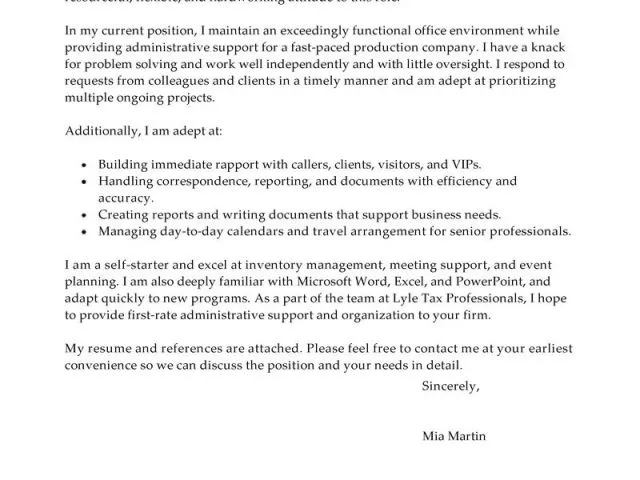
Your opening paragraph should immediately grab the reader’s attention. State the specific position you’re applying for and how you found the job listing. Then, include a brief, compelling statement that highlights your most relevant qualification or your enthusiasm for the role and the company. This opening paragraph should entice the reader to continue reading. Avoid generic opening lines. Instead, present a clear and concise statement of your interest, demonstrating a relevant skill or achievement that directly aligns with the job requirements. For example, if the job description emphasizes project management skills, your opening paragraph should mention your experience in this area.
Highlighting Relevant Skills & Experience
The body of your cover letter should provide detailed examples of your relevant skills and experience. Align your skills with the job requirements, demonstrating how you’ve successfully applied them in the past. Use the job description as your guide, and provide concrete examples of your accomplishments. Focus on results rather than just listing your responsibilities. If the job requires strong communication skills, provide an example of a time you effectively communicated complex information to a diverse audience. If the job description asks for experience with data analysis, provide an example of your analysis leading to a positive outcome. Use action verbs to describe your experience, and provide quantifiable results whenever possible.
Quantifying Achievements
Whenever possible, quantify your achievements to demonstrate the impact you’ve made in previous roles. Use numbers, percentages, and specific data points to illustrate your accomplishments. Instead of saying “Improved sales,” state “Increased sales by 15% in one quarter.” If you managed a team, mention the team size and the specific results achieved. By quantifying your achievements, you provide concrete evidence of your skills and abilities, making your cover letter much more compelling. This helps the hiring manager understand the scale of your contributions and the value you can bring to the company. For example, mentioning a cost reduction achieved or a project completed ahead of schedule are compelling examples.
Demonstrating Enthusiasm
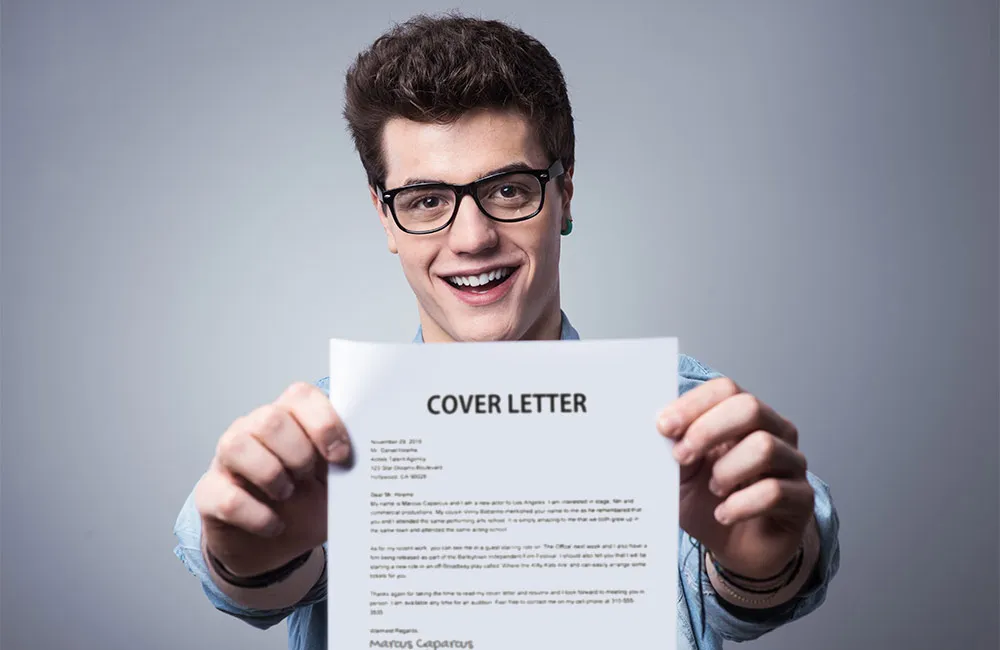
Express your enthusiasm for the position and the company. Explain why you’re interested in the role and what excites you about the opportunity. This can be achieved by discussing the company’s values, mission, or products, or by mentioning specific aspects of the job description. Expressing your enthusiasm shows the hiring manager that you are genuinely interested in the position and motivated to contribute. Research the company and its work and identify things that resonate with you. This can include their commitment to sustainability, innovation, or employee development. Make sure your enthusiasm is genuine and reflects your interest in the role and company.
Call to Action
Conclude your cover letter with a clear call to action. State your availability for an interview and express your eagerness to discuss your qualifications further. Thank the hiring manager for their time and consideration. This ensures that your cover letter ends on a positive note and encourages the next step in the hiring process. Make sure the call to action is specific and professional. You might include a sentence like, “I am eager to discuss my qualifications further and welcome the opportunity to speak with you.” or “Thank you for your time and consideration; I look forward to hearing from you soon.”
Closing the Cover Letter
The closing of your cover letter should be professional and concise. Use a formal closing such as “Sincerely,” “Respectfully,” or “Best regards,” followed by your full name. Ensure your signature is visible, which you can add digitally. Review your cover letter one final time for any grammatical errors, typos, or inconsistencies before sending. A well-crafted closing provides a polished finish and leaves a positive lasting impression. Always review your cover letter and resume for accuracy and consistency before submitting. This is crucial for any application.
Cover Letter Samples Formatting & Structure
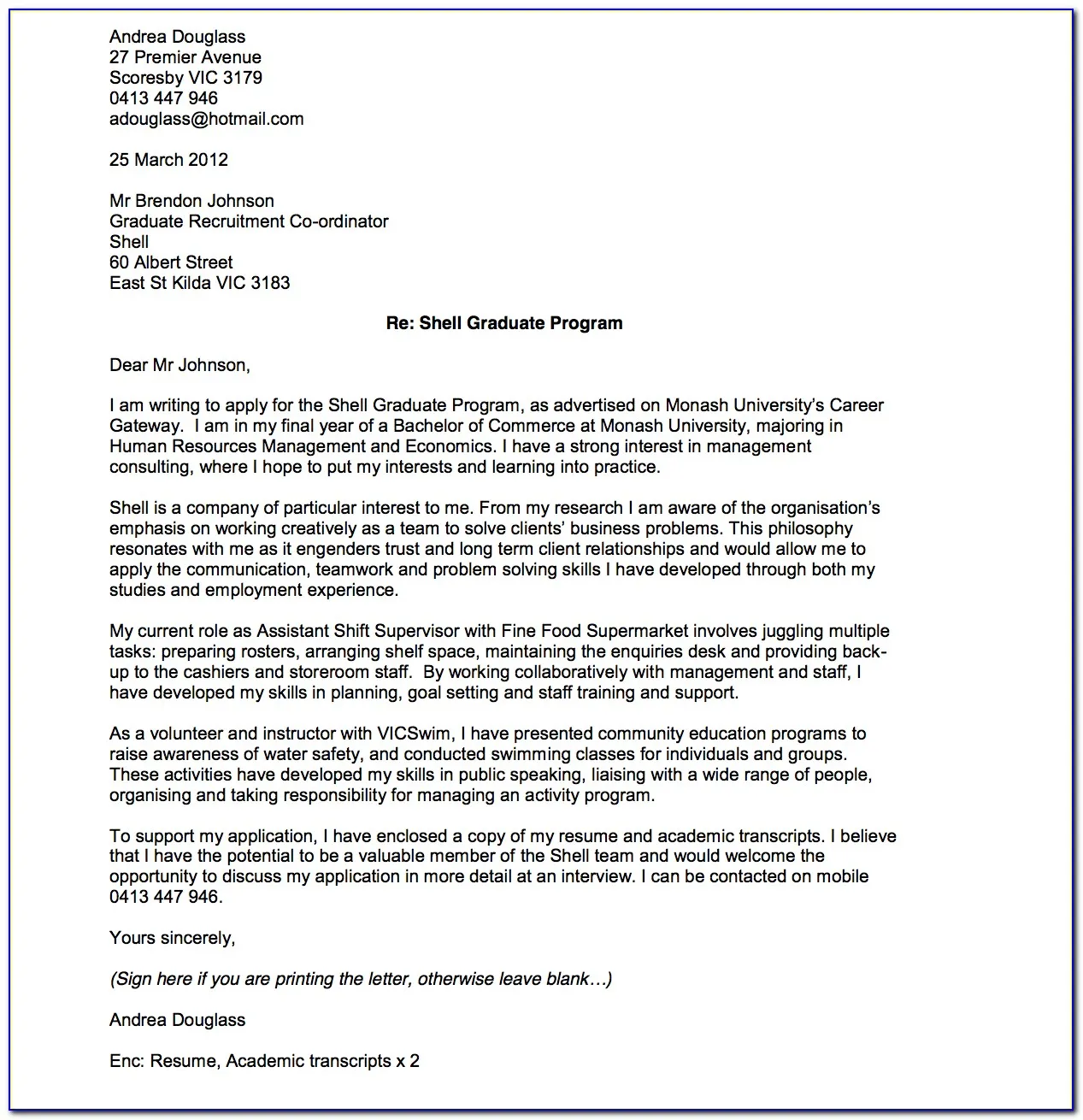
Formatting and structure are as important as the content of your cover letter. A well-formatted letter is easy to read and conveys professionalism. Proper formatting helps to showcase your attention to detail and presents your information in a clear and organized manner. Always aim for a clean and professional look, using standard fonts and spacing. Following a consistent structure is vital for your cover letter, and will make it easy for the hiring manager to quickly see all the important details.
Choosing the Right Font & Size
Use a professional and readable font like Times New Roman, Arial, Calibri, or Helvetica. Keep the font size between 10 and 12 points. These fonts are widely recognized and easy on the eyes. Avoid using overly ornate or unusual fonts, as they can be difficult to read. The goal is to make your cover letter accessible and easy to scan. Choose a font that is clear and professional, and consistently use the same font throughout the document. Ensure your font size is appropriate and doesn’t make your content difficult to read. The use of a professional, consistent font is one of the first visual impressions the hiring manager receives.
Using White Space Effectively
Use white space generously to improve readability. Use single spacing within paragraphs and double spacing between paragraphs. Add a margin of at least one inch on all sides. Ensure that the sections of your cover letter are clearly separated and easy to differentiate. A well-spaced cover letter is more visually appealing and allows the reader to quickly scan the document. This is especially important for the hiring manager, who may need to review dozens or even hundreds of applications. White space also helps to prevent the document from appearing cluttered and overwhelming, which helps make the content digestible.
Proofreading & Editing
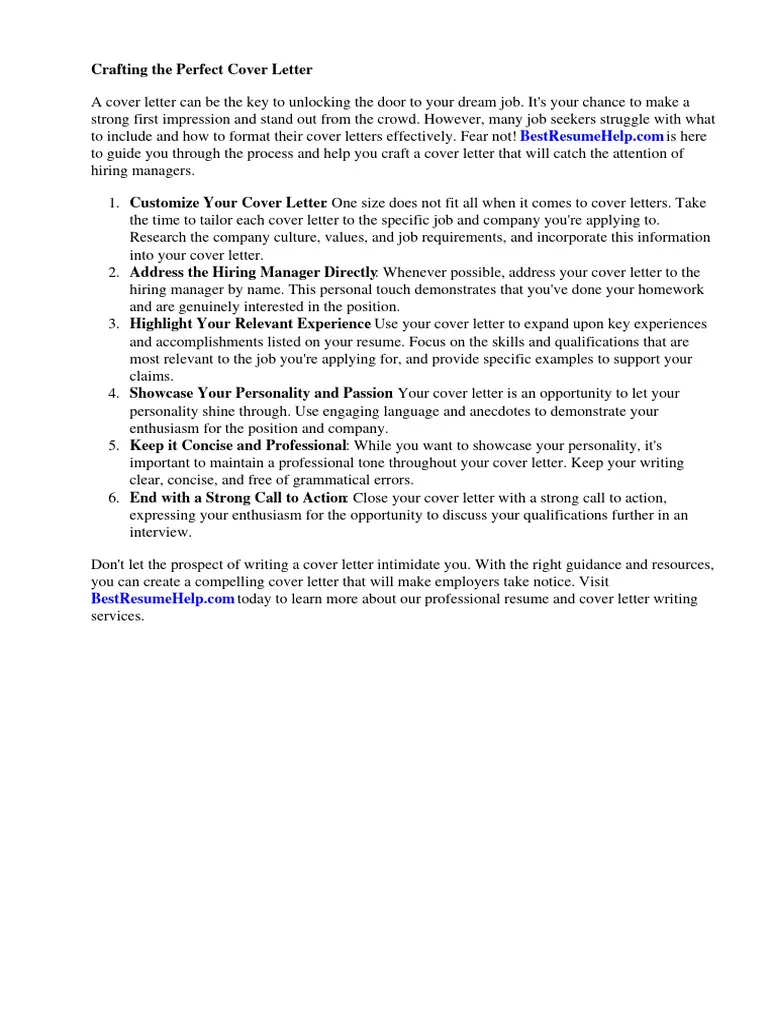
Before submitting your cover letter, carefully proofread and edit your content. Check for any grammatical errors, typos, or inconsistencies. Ensure that your language is clear, concise, and professional. It’s a good idea to have someone else proofread your cover letter to catch any errors you might have missed. Proofreading is a critical step, and it demonstrates your attention to detail and commitment to excellence. Even a small error can create a negative impression, so it is essential to eliminate all mistakes.
Cover Letter Samples Common Mistakes to Avoid
There are several common mistakes that can ruin your chances of landing an interview. Being aware of these pitfalls will help you avoid them and write a stronger cover letter. Common mistakes can make your cover letter less effective and decrease your chances of getting the job. Paying attention to these common pitfalls will help you to better create a professional, compelling cover letter.
Generic Cover Letters
Avoid sending the same generic cover letter to multiple employers. Tailor your cover letter to each job application, highlighting the specific requirements of the role and demonstrating your understanding of the company. Generic letters do not reflect your interest in the company or the position, and can be easily identified by hiring managers. Your cover letter is one of the first ways you showcase your ability to research and learn, so it is important to demonstrate these skills in your application. A generic letter makes it seem as if you don’t care enough to apply, and will usually be discarded.
Typos & Grammatical Errors
Typos and grammatical errors can undermine your credibility. Always proofread your cover letter carefully, or have someone else review it. Mistakes make you look careless and unprofessional, and can lead the hiring manager to question your attention to detail. Even small errors can have a significant negative impact. Ensure that all of your content is free of these mistakes. Using spell check and grammar tools is a good practice, but it’s crucial to review your work. This shows attention to detail and professionalism. A clean, error-free cover letter shows you are meticulous and professional.
Ignoring the Job Requirements
Carefully review the job description and address all of the required skills and qualifications in your cover letter. Don’t just summarize your resume; demonstrate how your experience aligns with the specific needs of the role. Failure to address the job requirements makes it appear that you are not interested in the position, or that you are not a good fit. Prioritize the skills and experiences listed in the job description when creating your cover letter. Highlighting your knowledge and skills that align with the requirements will make your application stand out.
Cover Letter Samples Types & Templates
There are different types of cover letters that you can use, depending on your specific situation and the type of job you’re applying for. Understanding the different types of cover letters will allow you to create an application that is optimized for your situation. The key to a successful cover letter is understanding what you want to convey, and ensuring that it fits the role and the company.
Traditional Cover Letter
A traditional cover letter follows a standard format and includes a professional greeting, an introduction that states your interest, a body section that highlights your relevant skills and experiences, and a conclusion with a call to action. It is suitable for most job applications, and it’s an all-purpose cover letter. This type of cover letter is appropriate for a broad range of positions and industries.
Targeted Cover Letter
A targeted cover letter focuses on how your skills and experience match the specific requirements of a job. It is tailored to the individual job description and showcases your ability to meet the employer’s needs. For this, you must carefully review the job description and emphasize the most relevant skills and experiences. This is useful for positions where the responsibilities are specific. This is a great option if you are applying for a job that requires certain skills, and you have previous experience with them.
Skills-Based Cover Letter
A skills-based cover letter emphasizes your key skills and abilities, and it is useful if your work history is limited or if you are changing careers. In this letter, you will highlight the skills you possess that are relevant to the job, even if your work experience is limited. Include examples of how you have demonstrated those skills in past roles. This format allows you to highlight your skills and qualifications, even if you do not have direct experience. It is suitable for new graduates, career changers, or those with transferable skills.
Cover Letter Samples Optimizing Your Cover Letter
To optimize your cover letter, you should integrate best practices that will help it stand out. Optimizing your cover letter involves incorporating keywords, summarizing your key skills, and ensuring your letter is well-structured and free of errors. By optimizing your cover letter, you increase your chances of capturing the hiring manager’s attention and getting an interview. This requires attention to detail, and also using some advanced writing and strategy to get your application noticed.
Using Keywords
Incorporate relevant keywords from the job description throughout your cover letter. This helps you demonstrate that you meet the employer’s requirements and increases your chances of getting noticed by applicant tracking systems (ATS). When applying online, many companies use ATS to screen applications. By using the keywords from the job description in your cover letter, you can ensure that your application passes the initial screening stage. Ensure you are using the same words and phrases the hiring manager uses.
Including a Strong Summary
Start your cover letter with a strong summary of your most relevant skills and experiences. This immediately grabs the reader’s attention and highlights your value as a candidate. Make sure this summary is concise and directly addresses the key requirements of the job. A compelling opening paragraph is crucial for making a positive first impression and encouraging the hiring manager to read the rest of your letter. A well-crafted summary can ensure that your cover letter is noticed and that you are on the way to getting an interview.
Cover Letter Samples Final Tips for Success
Implementing a few final tips can help you to make your cover letter even more effective. By following these tips, you will greatly increase your chances of landing an interview. The final details can be the difference between getting the job or not. These final tips focus on making sure you leave a good impression, are easy to understand, and quickly follow up on the results.
Personalize Every Letter
Tailor each cover letter to the specific job and company. Use the hiring manager’s name and address specific needs and values. Take time to research the company. This shows that you care and are interested in the opportunity, and it shows that you are a good match for the company. Personalization is a crucial element of your application; it makes it clear that you are serious and have dedicated time to creating an application that will stand out from the crowd. Generic letters will be ignored, and personalized letters will get you noticed.
Keep it Concise
Keep your cover letter concise and easy to read. Aim for one page and use clear and straightforward language. Hiring managers often review hundreds of applications, so they appreciate cover letters that get straight to the point. Focus on the most important information and avoid unnecessary details or lengthy paragraphs. Make every word count. A brief, clear, and concise cover letter will catch the hiring manager’s attention. Avoid jargon and write in clear, simple language. Using easy-to-read language will help the hiring manager quickly understand your skills and qualifications.
Follow Up Promptly
After submitting your cover letter and resume, follow up with the hiring manager or the contact person within a week or two. This demonstrates your continued interest in the position and shows initiative. A polite follow-up email is a great way to remind the hiring manager of your application and express your enthusiasm again. Following up shows initiative and ensures that the hiring manager has received your application. Make sure you send the follow-up email in a timely manner, and be polite and professional in your communication.
